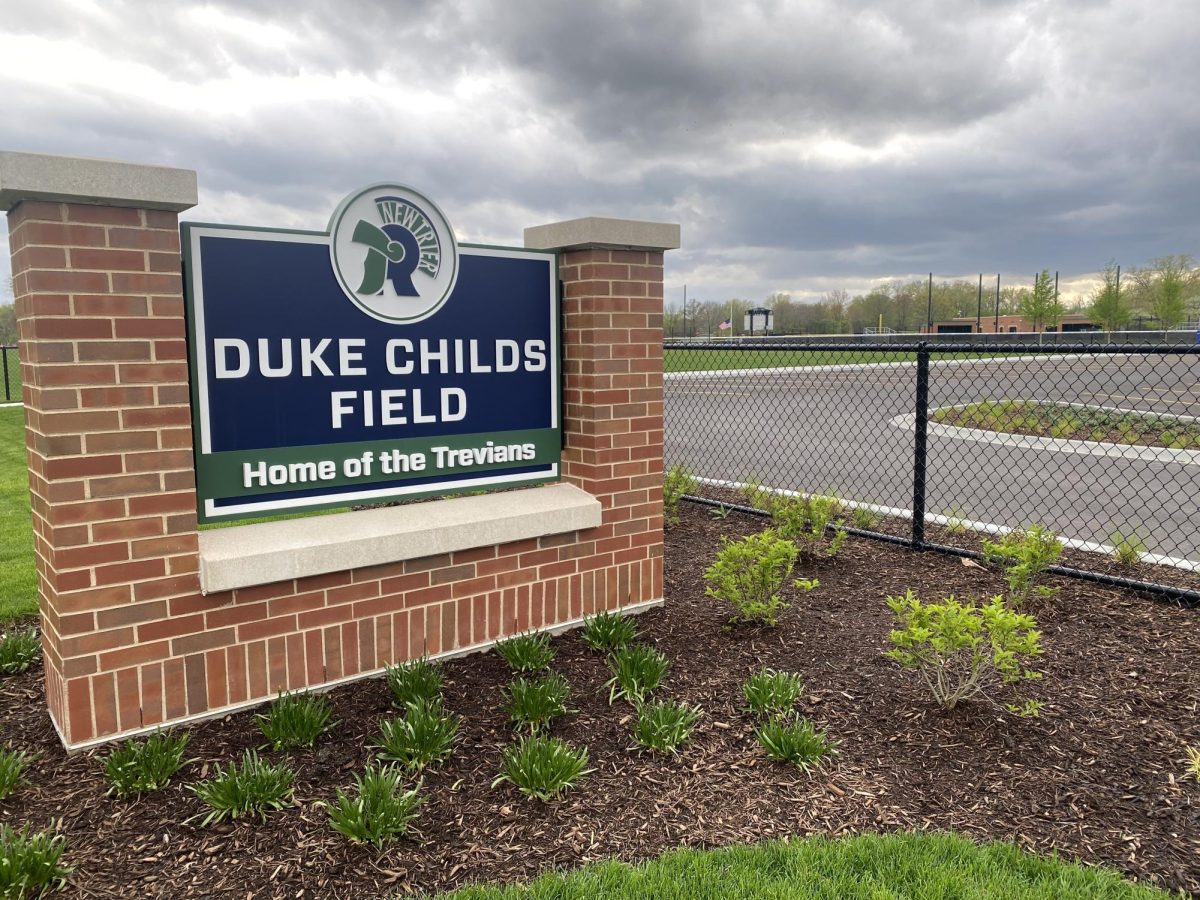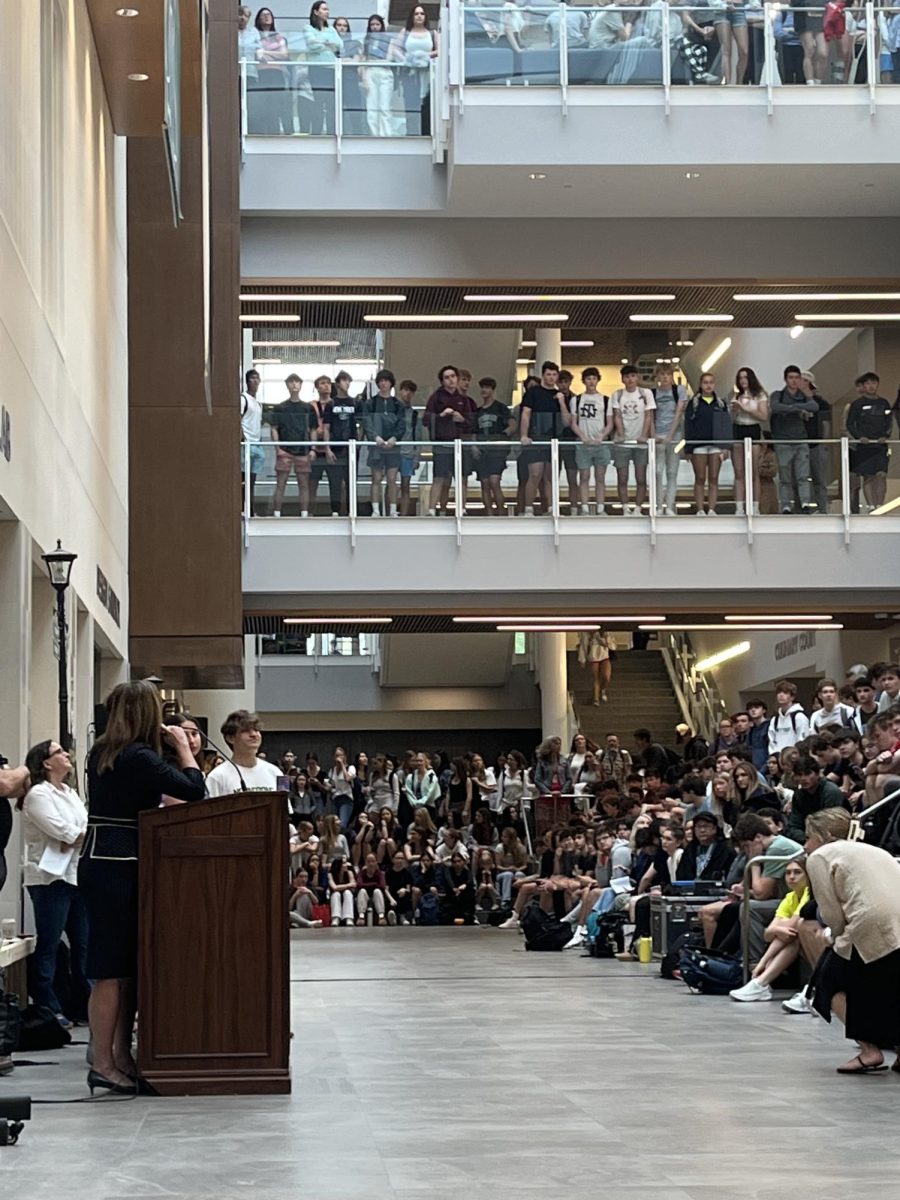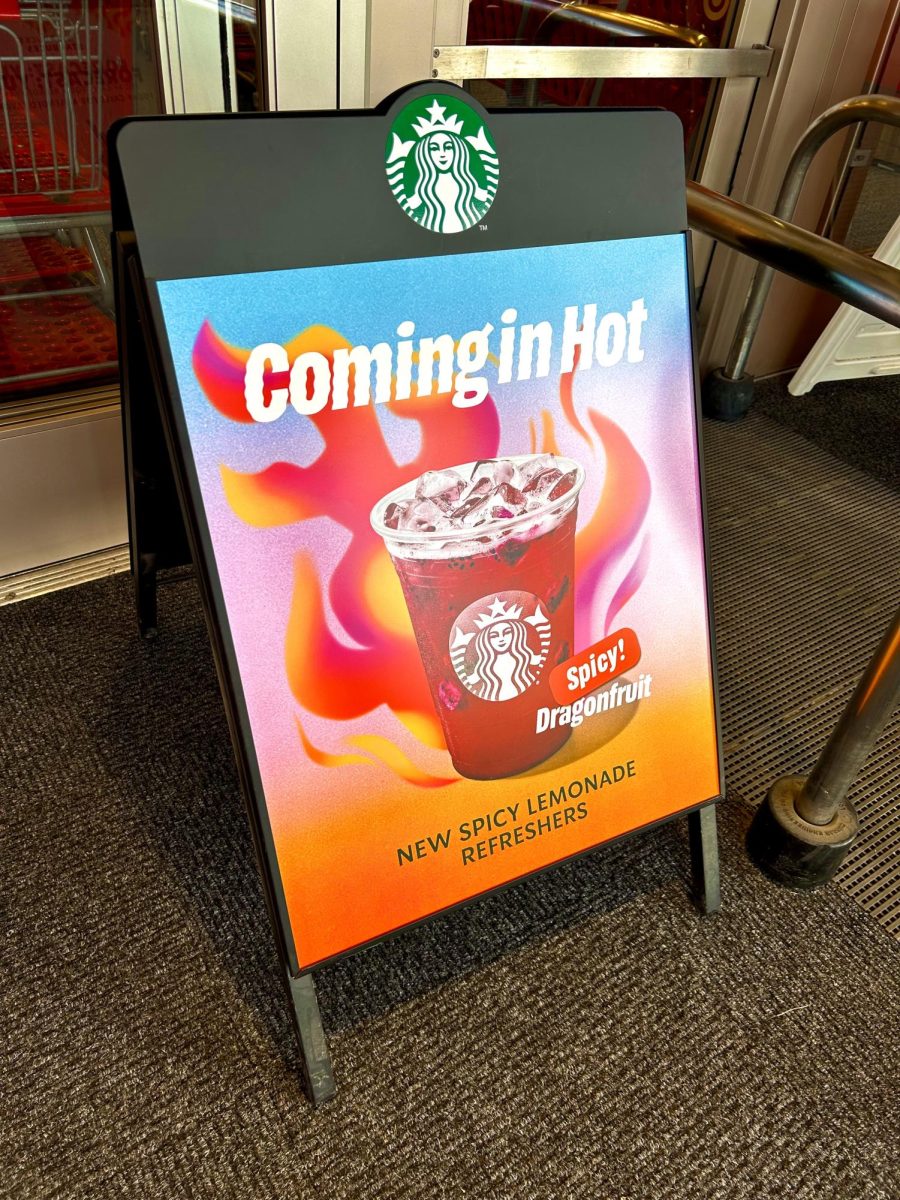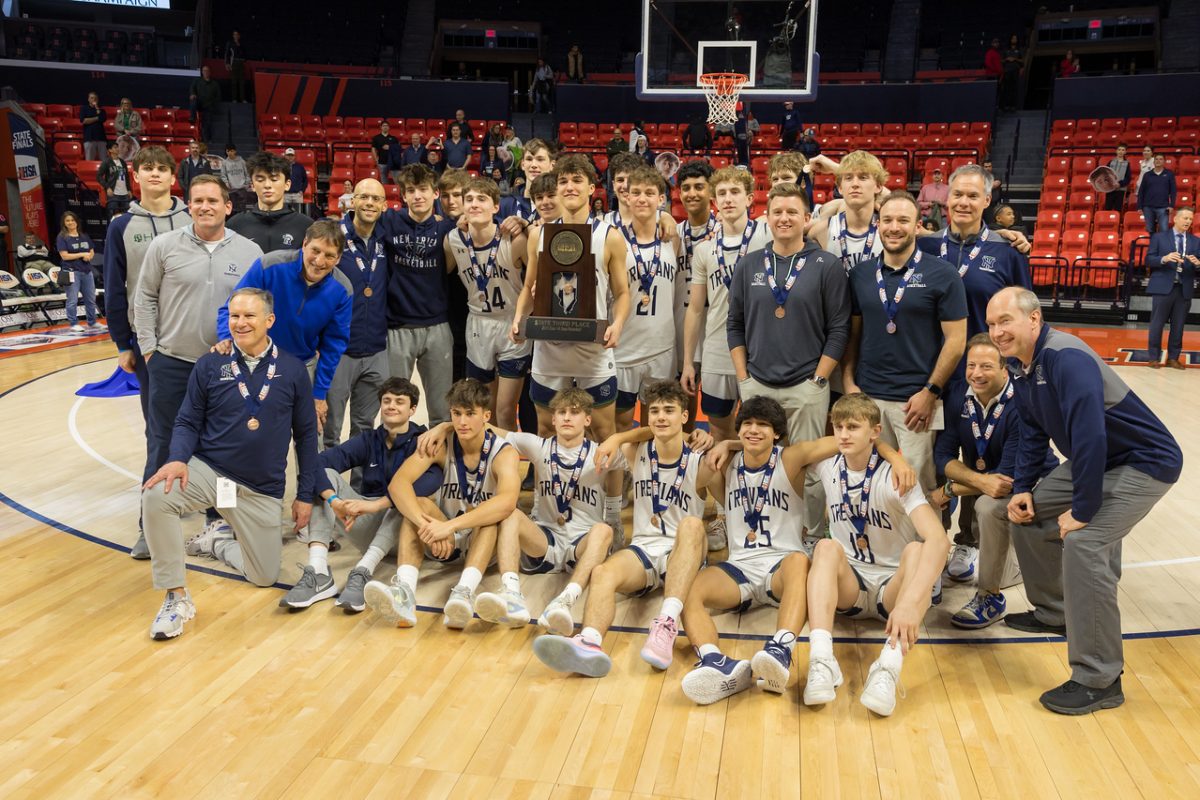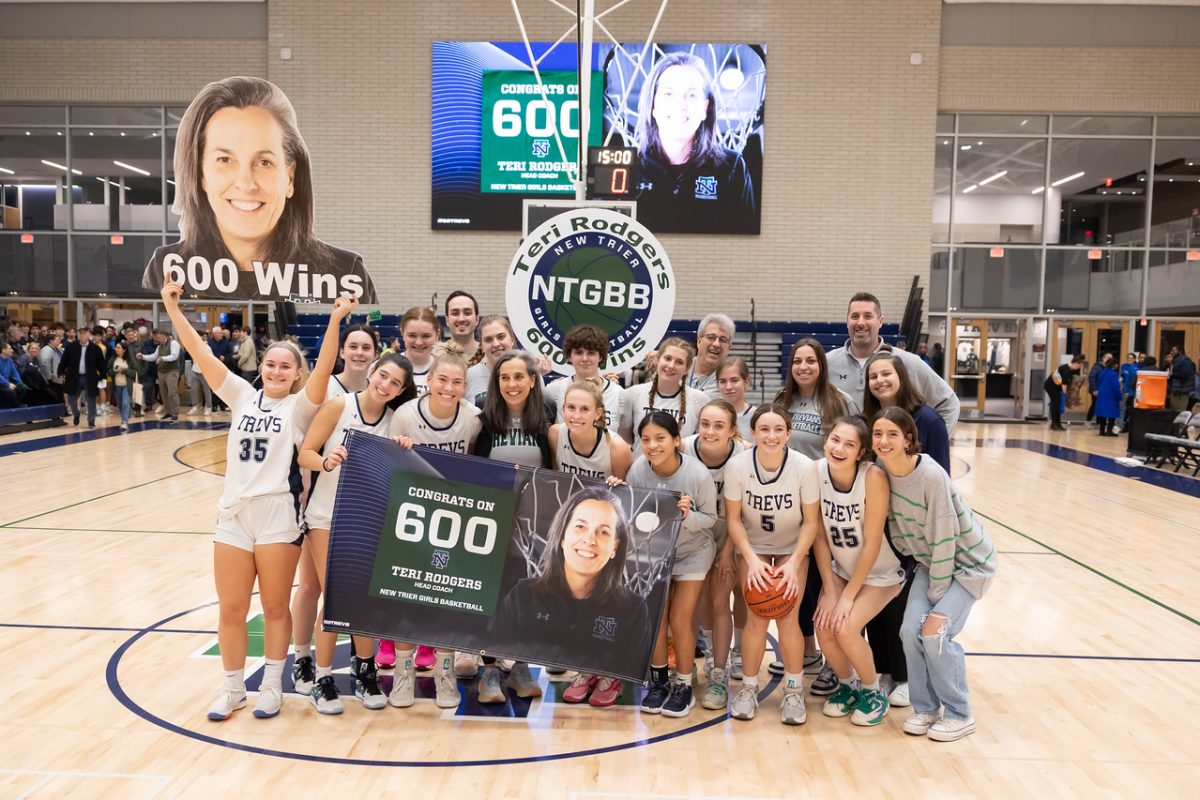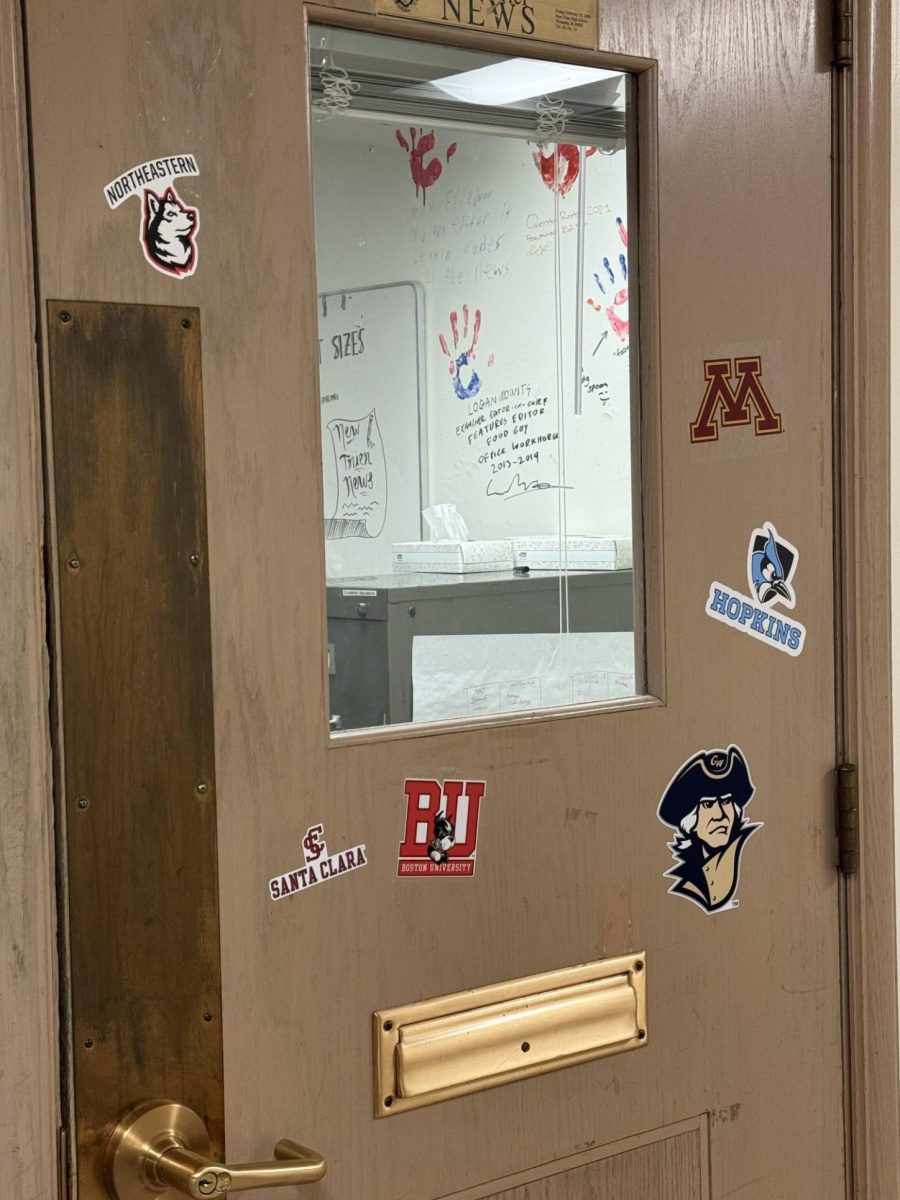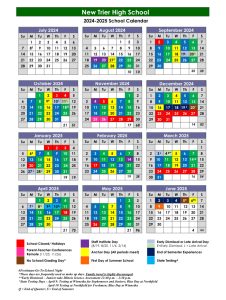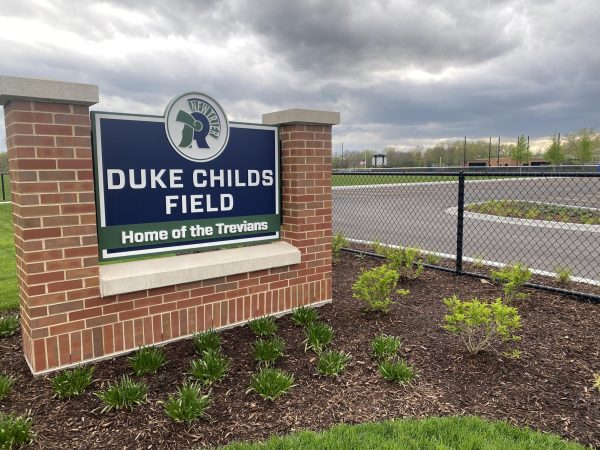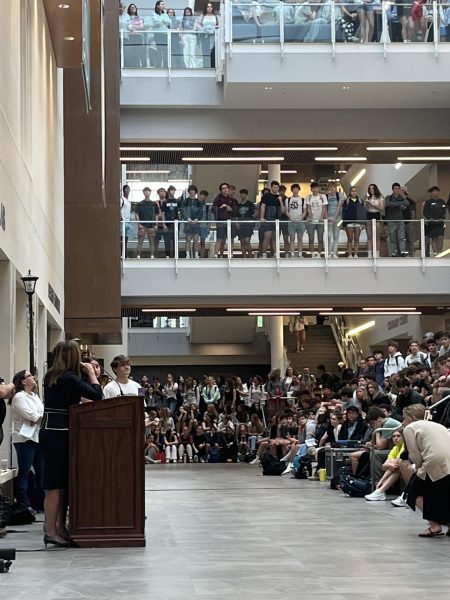How much is too much for a quality school lunch?
Students and parents debate cafeteria food prices and portions
December 1, 2017
Many students find themselves spending upwards of $7 per day to have a sufficient lunch — something both parents and students are worried about.
Even with slight additions to the cost of some entrees, sides, and drinks, no entrees cost more than $5.50.
While these prices may seem fair, many families are still falling into a predicament that has them spending $40 a week on lunch, especially those with more than one child.
Fearful that parents will get angry at how much they are spending, many students must choose whether or not to sacrifice their appetite in order to keep their parents happy.
“I usually just get a chicken sandwich with mozzarella sticks and chicken tenders,” said sophomore Andrew Balestrery, “I’m still not full and I can’t spend any more.”
While the food services have made attempts to provide cheaper options, many students are still tempted to spend money at the coffee bar or on candy and soda, inflating their daily totals.
Students of different sizes and nutritional needs could need more food than others, leaving them possibly upset with their spending habits.
Those like junior Gabe Degrandis have started to bring their lunch from home due to the cost of food in the cafeteria.
“If I want to be full I need to buy two entrees. Two entrees is $10. I’m not spending $10 on lunch everyday,” he said.
Quest makes most of their food fresh everyday without GMOs and with USDA certified proteins. There have also been other factors pushing up prices such as wages, taxes, and facilities, making food prices sit where they are now.
“The New Trier food service program did experience some price increases this year due to some food cost inflation pressures, and changes to labor laws in Chicago, Cook County and Illinois,” said Quest Food Service director Rebecca Cohen. “All price increases have been approved by the district.”
On the other hand, high prices can at times be attributed to the spending habits of each student, some parents express that they don’t feel like their children are always given the balanced options of quality and affordable food that should be present at a public school.
“I just don’t think any student should be spending more than $6 on lunch a day,” said one New Trier parent, who wished to remain anonymous. “It doesn’t matter if they are 6’5’’ or 5’6’’. If I can get a burrito bowl at Chipotle for $7 then my kid shouldn’t be forced to pay more than that for the same amount of food at school.”
As much as some students and parents may complain about prices and sizes, they can only get so far before being forced to consider what happens on the other side of the coin. “Making fresh, high quality food from scratch and ensuring we are not only complying with new labor laws, but ensuring we are attracting and retaining the talent required to deliver our program does come at an expense,” said Cohen.
Many parents and students acknowledge the fact that with quality food comes higher prices, believing that Quest offers them quality food for competitive prices. Most even respect that Quest sacrifices cheaper food for better service and quality ingredients, regardless of what they might think of the pricing. “The food was almost inedible with my older child,” another New Trier parent added. “I understand that better food means more money, but I just wish it didn’t end up costing me so much.”
For many years New Trier students complained of unappetizing food and outdated dining spaces.
Most appreciate that the food is now both well-prepared and nutritious, and the cafeteria is inviting, but the idea that a significant number of students consistently spend over $7 a day will continue to alarm parents and students alike.
After surveying local schools and restaurants, Quest affirmed that their pricing was reasonable considering the quality and portion sizes that they offer.
As much as parents and students like the idea of spending less money for better food, high quality food will typically cost more money whether or not it is served at a public school.
“As a business, [Quest] has to make money too,” MCL teacher Gary Schubert said. “Good food isn’t cheap. You can’t have both good food and cheap prices.”


